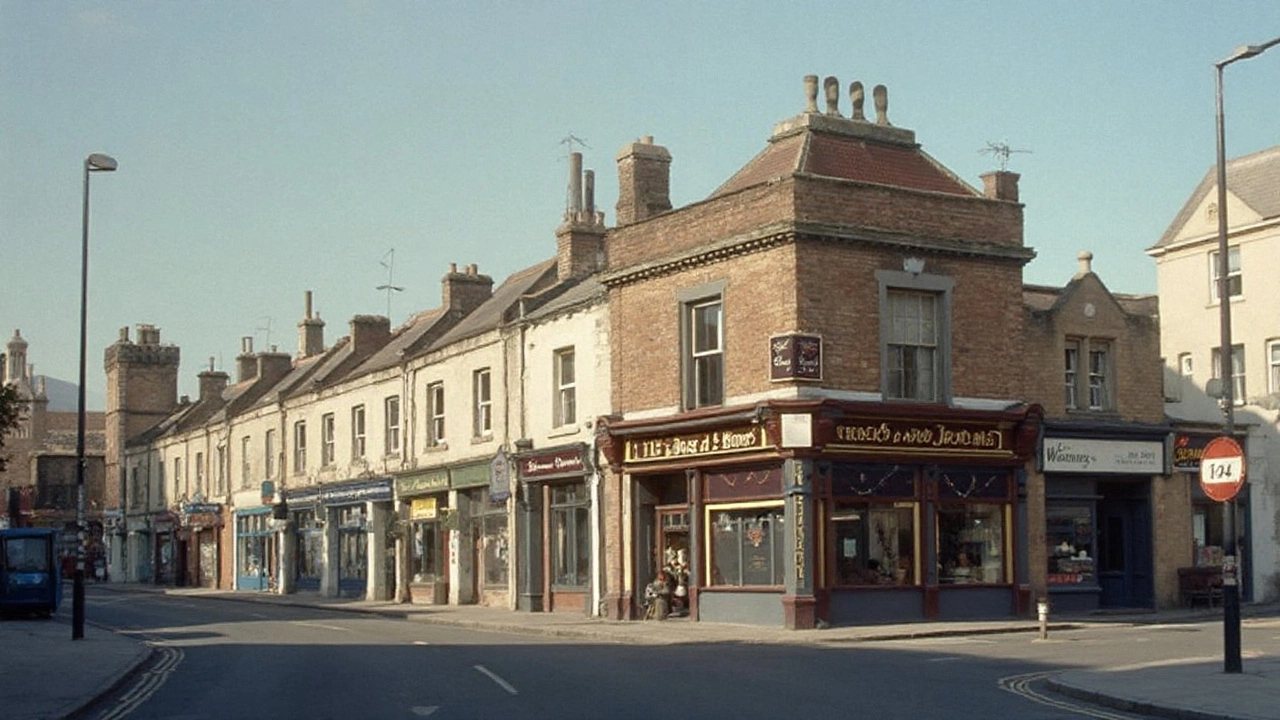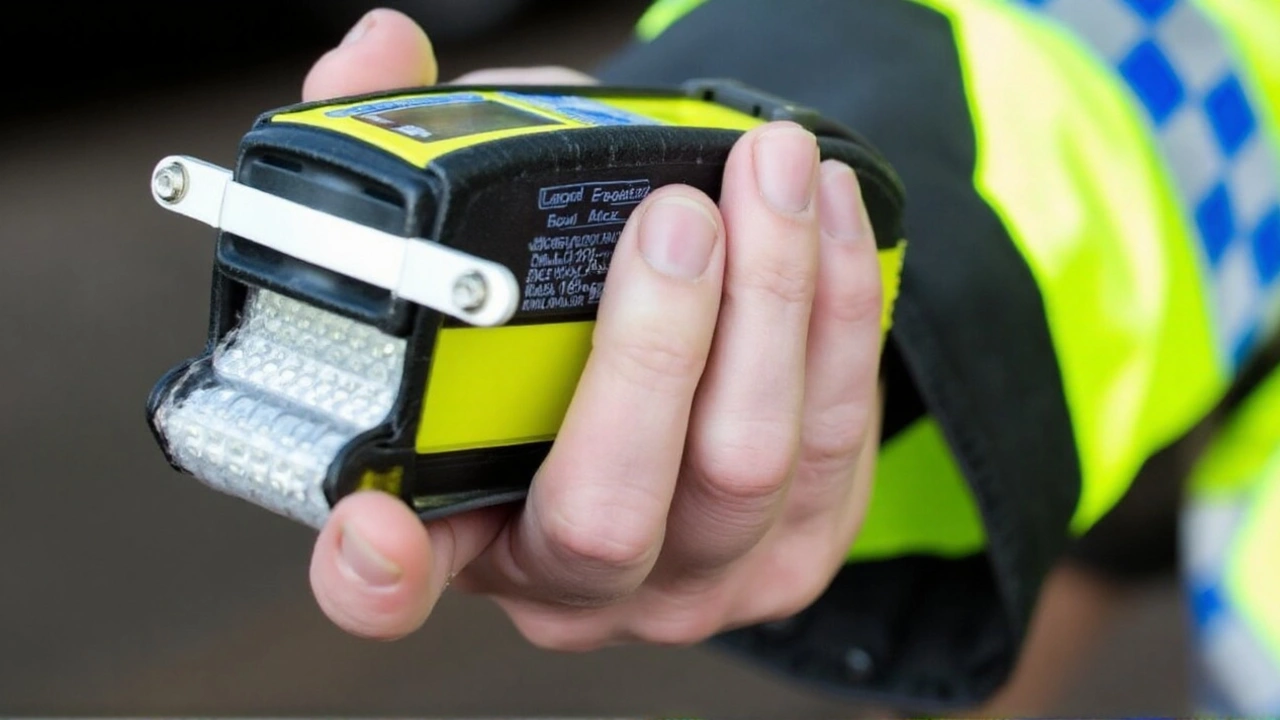Southampton pubs: the lost tale of the three stuffed bears and the city’s vanishing memories
 Sep, 10 2025
Sep, 10 2025
A missing pub story in a city that never stops telling them
The tale sounds too vivid to be made up: a raucous old Southampton pub decorated with three stuffed bears, a kind of chaotic shrine to a past that drank hard and talked louder. Yet when you try to find proof—an old clipping, a photo, even a pub name—there’s nothing obvious. No digitised write-up, no neat entry in a guide. The trail is cold.
What shows up instead are familiar fragments of the city’s pub life, like someone emptied a drawer and left it all on the floor. There are warm memories of the Red Lion—regulars still mention Charlie Waldman and Margaret when they talk about the place. The Spa pub pops up in conversations too, a landmark for a certain crowd and a certain era. Then there’s the roll call of closures: the Bell and Crown, the Apollo, the Durham. Names with doors long shut and taps long dry. Helpful, yes—but they don’t answer the bear question.
That gap is not unusual. Pub history in a port city can be messy. Names change. Licences move. One address can host three different pub identities in a decade. Interiors get ripped out by new owners, or damaged, or sold off piece by piece. If the stuffed bears were real, they might have vanished during a refurb, a brewery changeover, or when a landlord cleared out and the taxidermy went to a house clearance van at dawn.
Taxidermy in pubs isn’t far-fetched. Victorian and early 20th-century bars loved a showpiece—stag heads, glass-eyed fish, even the odd exotic animal brought home by sailors. Southampton, being Southampton, had the seafaring traffic and the stories to go with it. A row of bears would’ve been unusual, but not impossible. The problem is proving it.
This is where the city’s memory splits in two. On one side, there’s printed history—the official stuff, tidy and searchable. On the other, there’s the lived history—who sat where, who pulled the pints, which landlord told the best stories, who danced when the jukebox finally played. The Red Lion sits right in the middle of that divide: an ancient-feeling interior, a pub people swear by, and names like Charlie Waldman and Margaret that still get spoken with a grin. The Spa has that pull too; say the name and someone will hand you a story. But the three bears? Silence.
When a city keeps changing, objects become anchors. A sign, a dartboard, a peculiar lamp. Three stuffed bears would’ve been an anchor you couldn’t ignore. If they were there, someone must have a photo—maybe in a shoebox, maybe on a fridge magnet from the 80s, maybe in a scrapbook from a darts league. The most likely places to find that proof aren’t polished archives. They’re the things families keep without trying to be historians: matchbooks, bar towels, beer mats, polaroids with names scrawled on the back.
So what can be checked now, right away? Street directories and licensing records can confirm the rise and fall of pub names. Old pub guides sometimes note quirky decor, especially if it made a venue stand out. Brewery magazines, the kind that profiled their tenants, occasionally ran photo spreads. Local papers did pub features around Christmas and Cup Finals; picture desks loved a striking interior. Even trade adverts can help—if a pub made a feature of unusual decorations, it often turned up in ads.
The closures muddy things. The Bell and Crown, the Apollo, the Durham—once those spaces went dark, fittings were pulled, sold, or skipped. The paper trail usually follows the licence, not the lampshades. If the three bears died with a closure, they may have walked out through a back door for a fiver and a handshake. That’s how pub oddities travel: quietly.
There’s another angle: nicknames. A pub can be known by one name officially and another among regulars. If people called a place “the bears” or “the zoo,” you’d miss it searching only the legal name. The detail could be hiding in plain sight, in a caption that reads “back bar, 1979” without naming the pub at all.
A note on the Red Lion, since it comes up in so many conversations: beyond the anecdotes about Charlie Waldman and Margaret, it’s often the setting people use to describe what Southampton’s older pubs felt like—dark timber, low ceilings, a sense that more has happened in the room than will ever be written down. If the bear story belongs anywhere in spirit, it’s in that atmosphere: a city that keeps its best tales close and hands them down over the bar.
The Spa evokes a different mood—daylight, regulars who knew each other’s routines, the sort of place that finishes a workweek without fanfare. It’s in these everyday rooms, not the themed bars, where the really odd decorations stand out. Three bears would have been impossible to ignore, whether they were mounted high on a beam or tucked alongside old brewery mirrors.
All this leads to a simple point: the evidence is probably out there, just not where a quick search expects it. If you’ve got family photos from birthdays in a back room, if you remember a landlord who boasted about “the bears,” or if your uncle swears he helped hoist one onto a shelf during a refit, that’s the missing piece.

Leads, dead ends, and how to help fill the gaps
Here’s a clean checklist for people who want to help nail this down.
- Think in timelines. If you remember fruit machines that took 10p pieces and a smoke cloud you could cut with a hand, you’re probably in the 70s or 80s. If the jukebox had CDs and the carpet swirled, you might be in the 90s. Place the bears in a decade first; the paperwork gets easier after that.
- Name the room. Front bar, snug, upstairs function room, cellar bar—pub interiors move over the years. Saying where the bears stood cuts the search time.
- Check the edges. Beer mats, menus, matchbooks, darts fixture lists—stuff that people pocketed. Unique decor sometimes turns up as a logo or a joke in print.
- Ask about the landlord. Even a first name helps. Landlords personalise spaces; if the bears arrived with one particular tenure, a brewery circular or a photo spread may exist.
- Look for refit photos. Builders and shopfitters take pictures. A refit album may show the bears arriving or leaving, even if no one cared about them at the time.
Why go to all this trouble for three dusty animals? Because they anchor a bigger story. The city has lost more pubs than most people realise, and with them went the texture of ordinary life—who cheered the Saints, who sang on a Friday, who kept a chalkboard of nicknames behind the bar. When the doors shut, that texture leaks away unless someone catches it.
And Southampton has plenty to catch. The shuttered names—Bell and Crown, Apollo, Durham—map the recent past of a city that rebuilt, rebranded, and kept moving. The surviving stalwarts, like the Red Lion, carry the weight of memory even when the details are fuzzy. Somewhere in that mix sits the pub with the three stuffed bears, waiting for its record to be set straight.
As a reporter, I’ll keep asking questions and checking the dusty corners. If you’ve got something—a photo, a clipping, a story you’re sure of—say so. One clear image, one dated receipt, one landlord’s name, and we can pin this down. Until then, the bears remain part of the city’s unofficial archive: vivid, argued over, not yet proven.
For anyone starting their own hunt: try old pub guides, brewery magazines, trade directories, and the kind of community newsletters that listed darts and crib nights. City archives can help tie a pub name to an address, and older planning filings sometimes include interior shots. Keep an eye on private photo collections too. That’s where the weird treasures hide.
The hunt also tells us something bigger. Stories don’t vanish because they’re small. They vanish because no one writes them down at the time. If the three bears existed, they mattered to someone. And if they mattered to someone, there’s a trace out there. We just have to be patient—and a bit nosy.
If this story jogs a memory of the Red Lion—maybe a night when Charlie Waldman or Margaret were behind the bar—or brings back an image of The Spa in its busiest hour, write it down while you can. Memories fade. Objects get tossed. Names slip. But a note on the back of a photograph can save an entire place from being forgotten.
One final ask: if you worked in any of the pubs that closed—the Bell and Crown, the Apollo, the Durham—check your loft. Builders’ snaps, staff party pictures, even a dusty trophy can answer the questions the internet can’t. That’s how we’ll find the bears, if they were ever there at all.
Until then, the best we can say is this: the city still tells its pub stories, and they’re worth chasing. The proof may be hiding in a biscuit tin under a bed. And when it surfaces, three silent bears might finally roar back into the record of Southampton pubs.
